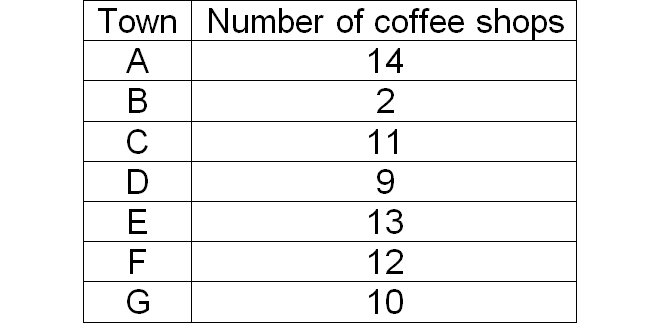IMPLICIT DIFFERENTIATION
A function is in the form y = f(x) is called explicit function.
For example y = x2 + 2x + 3, where y is directly defined as a function of x.
A function is in the form f(x, y) = 0 is called implicit function.
For example x2 + 2xy = 0, where y is not directly defined as a function of x.
In case of implicit functions, if y be a differentiable function of x, no attempt is required to express y as an explicit function of x for finding out ᵈʸ⁄dₓ. In such case differentiate both sides with respect to x and solve for ᵈʸ⁄dₓ.
In each case, find ᵈʸ⁄dₓ.
Example 1 :
x2 + y2 = 25
Solution :
x2 + y2 = 25
Differentiate both sides with respect to x.
Example 2 :
4x3y2 + 3x = 1
Solution :
4x3y2 + 3x = 1
Differentiate both sides with respect to x.
Example 3 :
x2y2 + 3xy + y = 0
Solution :
x2y2 + 3xy + y = 0
Differentiate both sides with respect to x.
Example 4 :
sin(x2+ y2) = ey
Solution :
sin(x2+ y2) = ey
Differentiate both sides with respect to x.
Example 5 :
ln(x2+ y2) = 3x
Solution :
ln(x2+ y2) = 3x
Differentiate both sides with respect to x.
Example 6 :
esiny = 2xy + 5
Solution :
esiny = 2xy + 5
Differentiate both sides with respect to x.
Example 7 :
x2 - 3ln y + y2 = 10
Solution :
x2 - 3ln y + y2 = 10
Differentiate both sides with respect to x.
Example 8 :
ln xy + 5x = 30
Solution :
ln xy + 5x = 30
Using the properties of logarithms,
ln x + ln y + 5x = 30
Differentiate both sides with respect to x.
Example 9 :
4x3 + ln y2 + 2y = 2x
Solution :
4x3 + ln y2 + 2y = 2x
Using the properties of logarithms,
4x3 + 2ln y + 2y = 2x
Differentiate both sides with respect to x.
Example 10 :
4xy + ln x2y = 7
Solution :
4xy + ln x2y = 7
Using the properties of logarithms,
4xy + ln x2 + ln y = 7
4xy + 2ln x + ln y = 7
Differentiate both sides with respect to x.
Kindly mail your feedback to v4formath@gmail.com
We always appreciate your feedback.
©All rights reserved. onlinemath4all.com
Recent Articles
-
SAT Math Resources (Videos, Concepts, Worksheets and More)
Jan 02, 25 08:27 AM
SAT Math Resources (Videos, Concepts, Worksheets and More) -
Digital SAT Math Problems and Solutions (Part - 95)
Jan 02, 25 08:23 AM
Digital SAT Math Problems and Solutions (Part - 95) -
AP Calculus AB Problems with Solutions (Part - 3)
Jan 01, 25 10:53 PM
AP Calculus AB Problems with Solutions (Part - 3)
